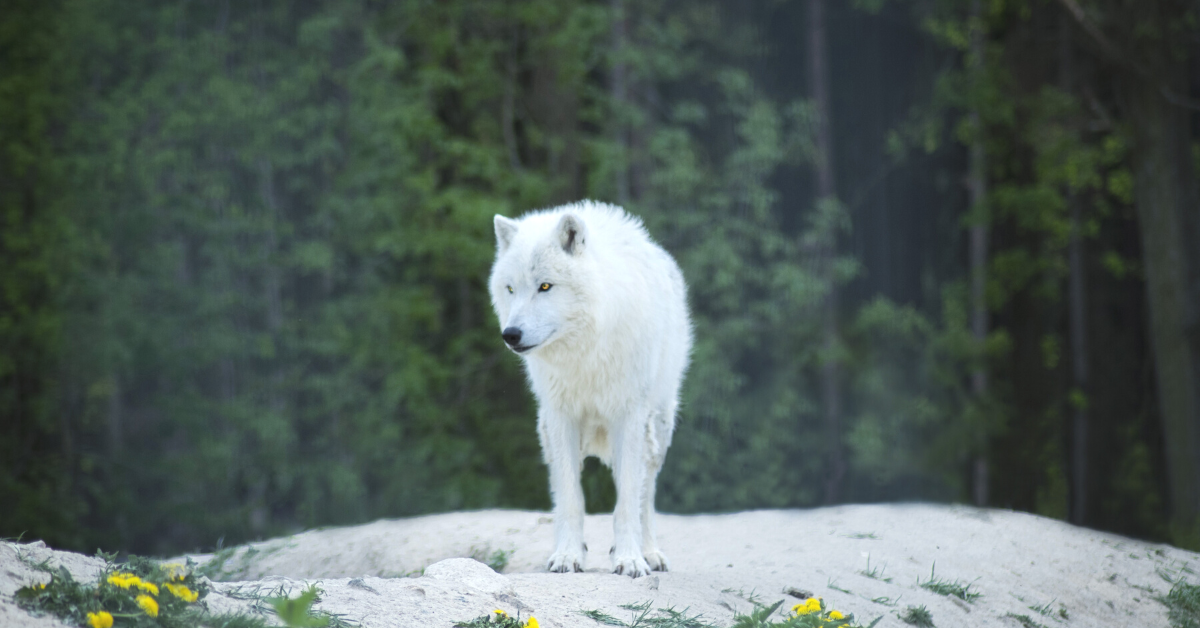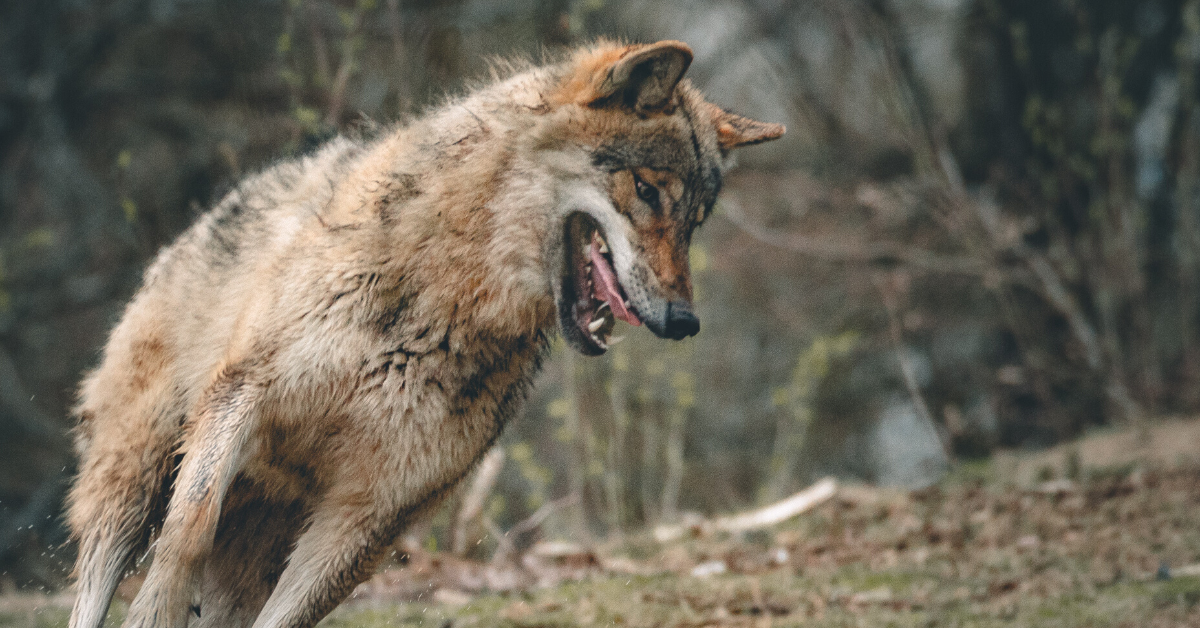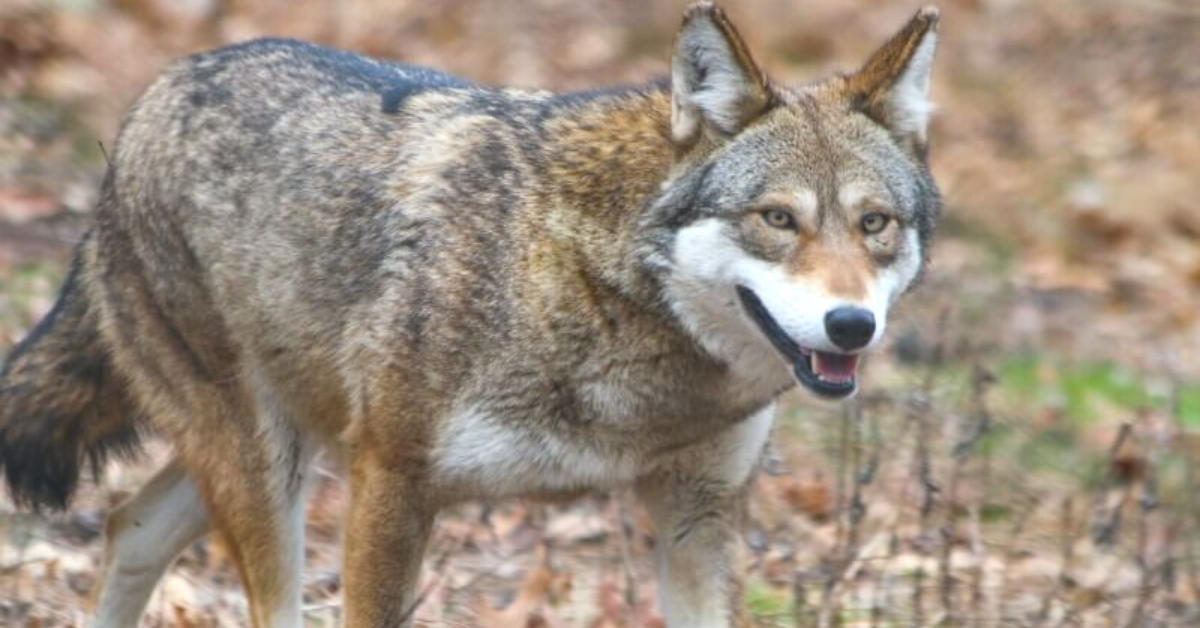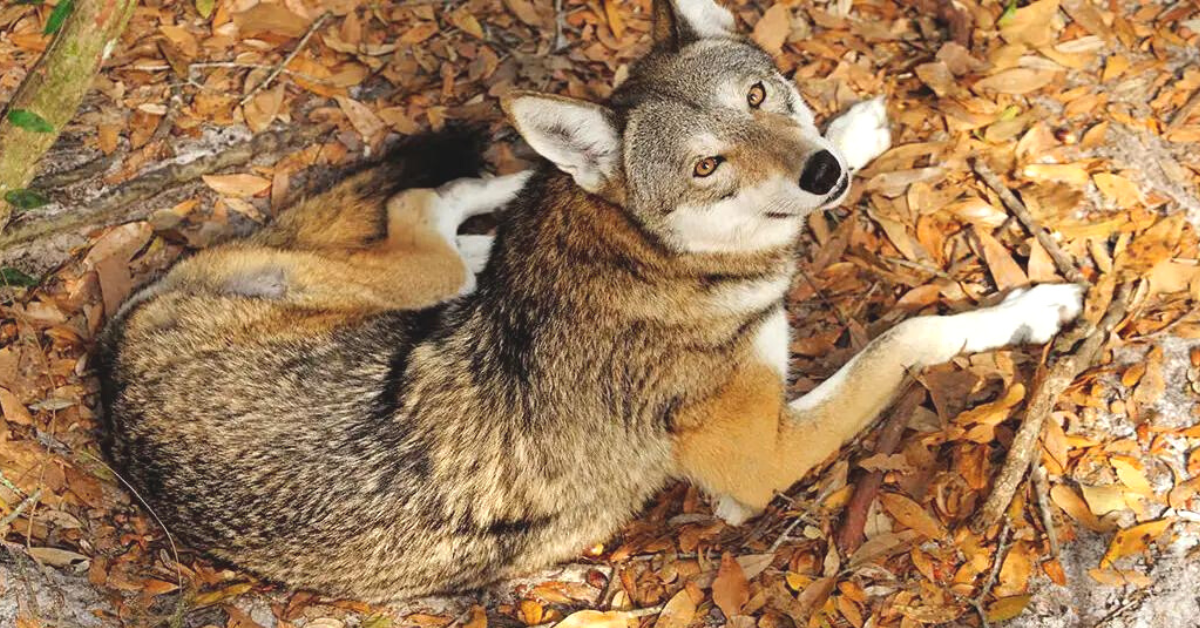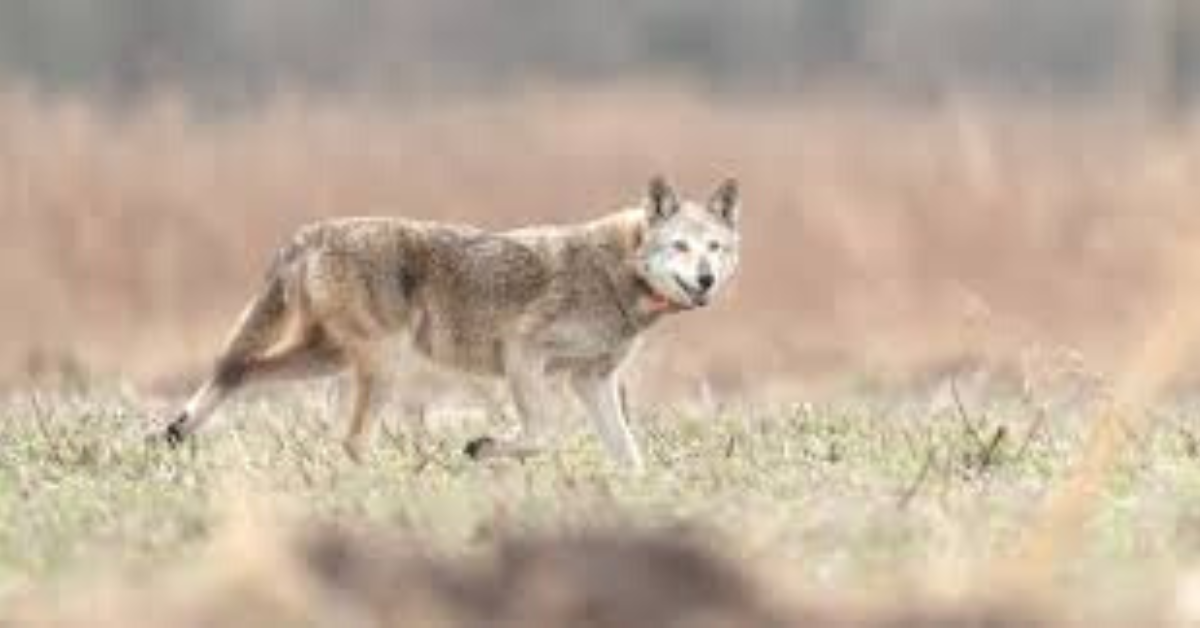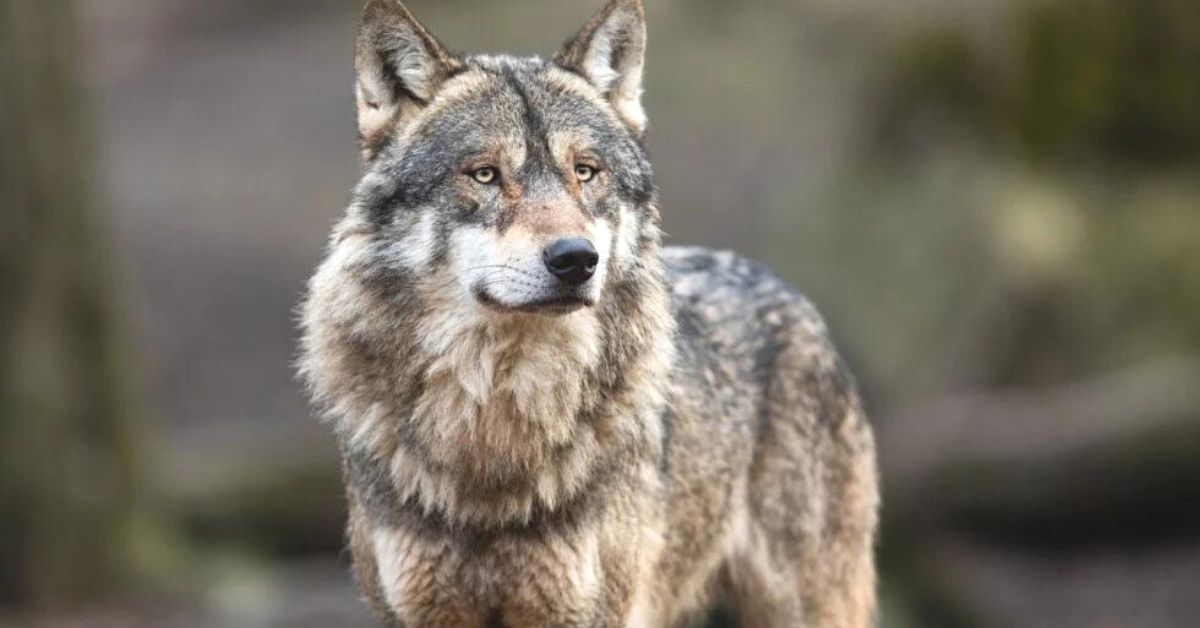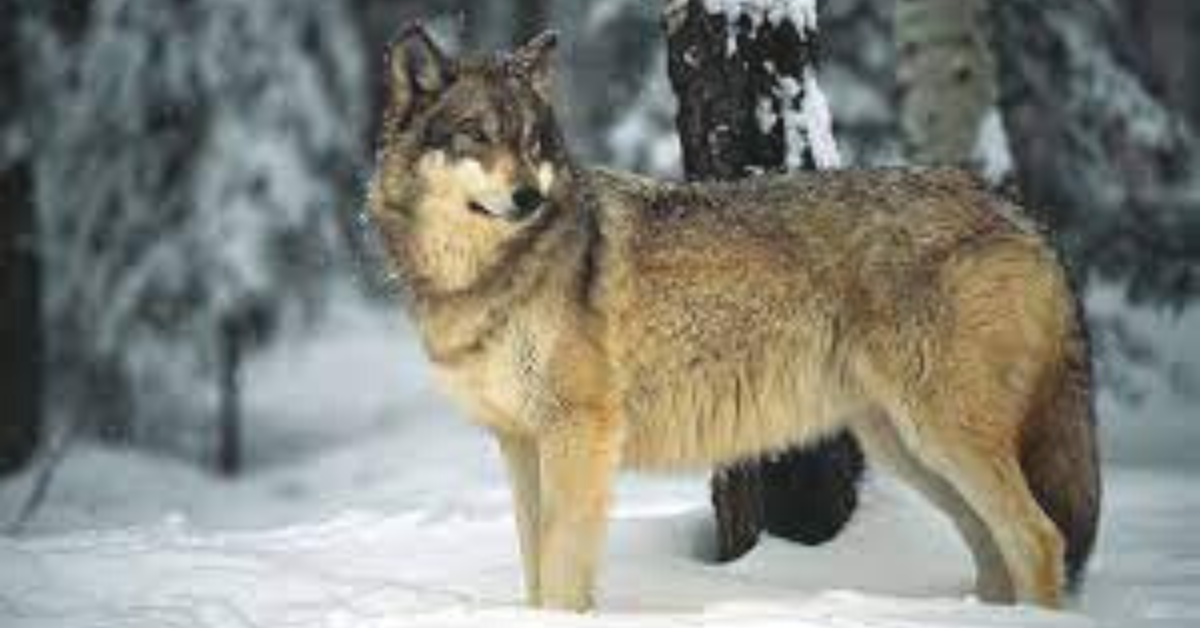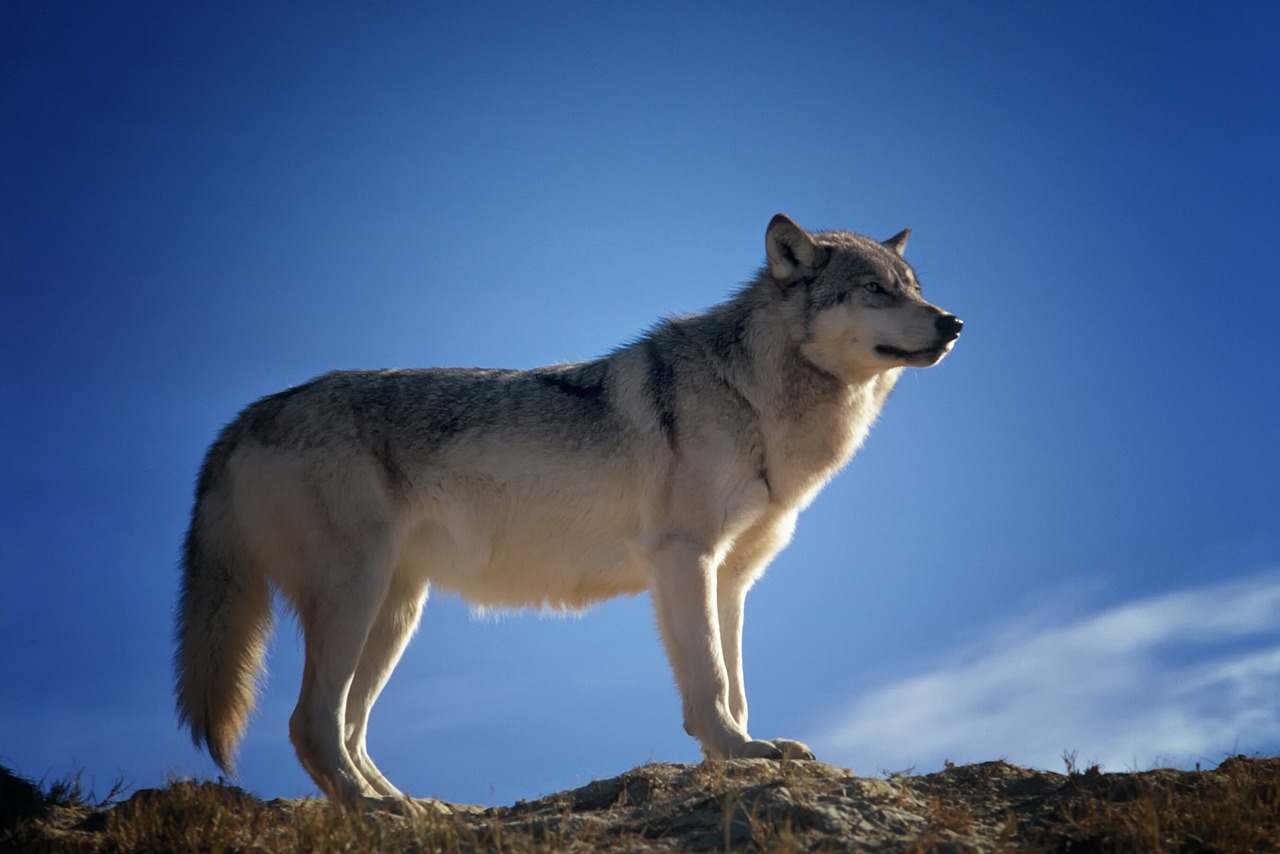
Do you ever wonder if wolves can purr like your domesticated feline friends? In this article, we’ll explore the intriguing world of wolf vocalizations and communication. Wolves, known for their haunting howls, have a diverse repertoire of sounds that serve various purposes within their pack dynamics. From howling to growling, barking to whimpering, these captivating creatures have a language all their own.



